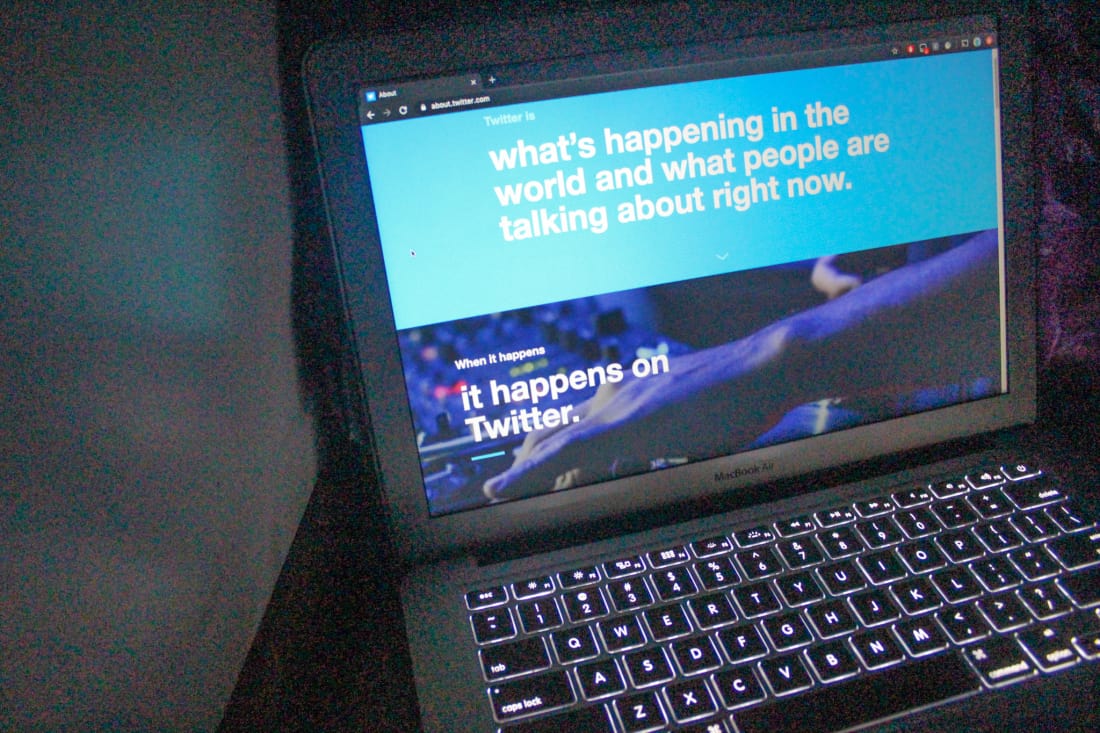
Information is literally at our fingertips. We have the ability to quickly access a deluge of data and breaking news through social media platforms. While being plugged in can have its advantages, there are some serious issues with the way we are cultivating and culling the information we receive.
Information overload is not a new phenomenon, but it has become an increasing problem in the post-truth, fake news era.
It’s been reported that 42 per cent of Canadians get their news from social media while a CBC poll found that a whopping 90 per cent of Canadians have admitted to getting duped by fake news. Many of us are turning to Twitter and Facebook to keep informed, but most will be unable to separate fact from fiction.
This poses a huge problem.
The biggest news story to dominate print and digital media in recent months is the spread of the novel coronavirus, SARS-COV-2. The news about COVID-19, the name of the new respiratory disease, has been splattered over Twitter, Facebook and even Instagram. Much of the information about COVID-19 is spread through memes and speculation — everyone is screaming into the void, making it difficult to trust all the noise.
Major outlets like The New York Times and The Washington Post have been reporting on the epidemic and their stories are being shared and retweeted en masse. But up until recently, many of these articles were locked behind paywalls and were inaccessible to many. Meanwhile, JohnDoe20833 was able to tweet out inaccurate and unvetted speculation for everyone to read free of charge.
At the Munich Security Conference on Feb. 15, the WHO Director-General Dr. Tedros Adhanom Ghebreyesus warned about the spread of misinformation.
“But we’re not just fighting an epidemic; we’re fighting an infodemic. Fake news spreads faster and more easily than this virus, and is just as dangerous. That’s why we’re also working with social media companies … to counter the spread of rumours and misinformation,” Dr. Tedros said.
The attempt by the WHO is noticeable. Messages directing people to their local health agencies appear at the top of COVID-19 searches on Twitter. But how effective has it been at quelling the spread of misinformation?
The tsunami of updates appears to have crushed the levees that the WHO has put in place. From rumours of China culling the sick by cremating COVID-19 patients alive to the continued insistence that the virus is a biological weapon — misinformation, speculation and hoaxes continue to circulate on the web.
Social media may be the key vehicle that spreads misinformation, but it is not alone in the creation of it. In this ever evolving situation, scientific papers are being published often without peer review, adding more unvetted information to the swamp. The biological weapon hoax was spread with misleading data from a rushed scientific paper that has since been retracted.
It’s clear that once you let information out, it’s hard to reel it back in.
I tell myself multiple times a day that I need to get off COVID Twitter but I can’t unplug. With new information coming in almost hourly, I am addicted to having access to the latest updates.
But being bombarded by misinformation is not the only concern — Twitter is also a tinderbox for anxiety. Fear and sensationalism follow social media misinformation, like the three limping horseman of the “fact” apocalypse. It’s easy for us to fall victim to information that plays to our anxiety, and can be hard for us to evaluate it for its accuracy and authenticity.
Question what you read and investigate the source. It might be easy to avoid being duped by a Russian bot in the comment threads but, with the cases of misleading scientific papers, sometimes misinformation is trickier to spot.
This op-ed was written by a University of Saskatchewan undergraduate student and reflects the views and opinions of the writer. If you would like to write a rebuttal, please email opinions@thesheaf.com.
—
Erin Matthews | Opinions Editor
Photo: Wardah Anwar